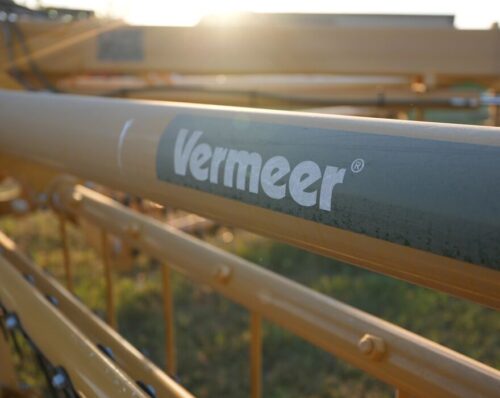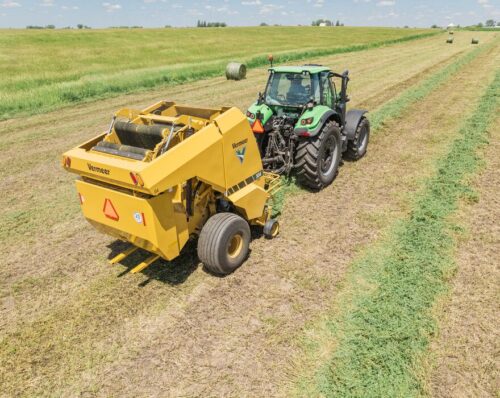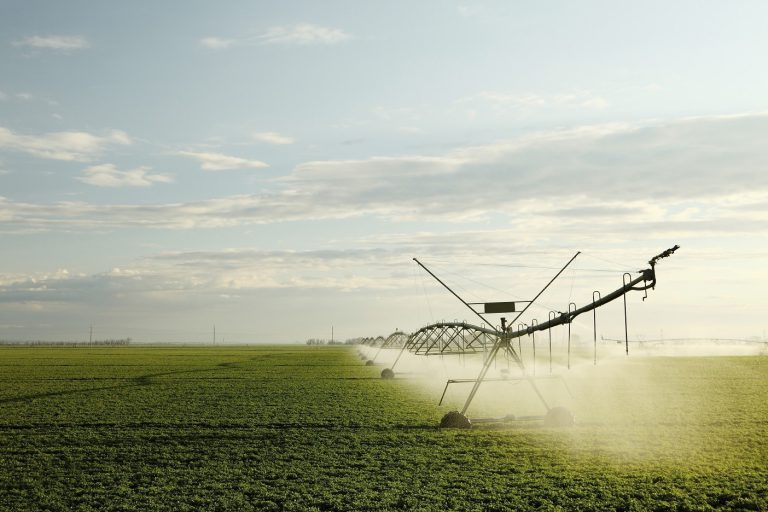
Tips For Efficient Alfalfa Hayfield Irrigation
June 2022
The arrival of spring marks the beginning of another growing season for alfalfa producers in many parts of the country. Geography, topography, climate and soil types aside, all alfalfa growers face a variety of hayfield irrigation-related challenges, whether they use a sprinkler irrigation system or subsurface drip irrigation. Rest assured, there are irrigation-management practices that have been proven to be helpful and can help enhance product yield potential.
Hay field irrigation challenges
“Alfalfa and forage growers from all areas of the country are looking for effective irrigation management strategies to maximize water use without sacrificing yields,” said Dan Putnam, extension specialist and agronomist with the University of California Davis (UC-Davis) Department of Plant Sciences.
“Every growing season is different, as is each field. Early spring moisture and climate conditions vary from year to year, creating a new set of annual growing-season challenges for producers, especially for those located in geographic regions most prone to drought and moisture-deficit situations, and where precious water supplies are limited and costly.”
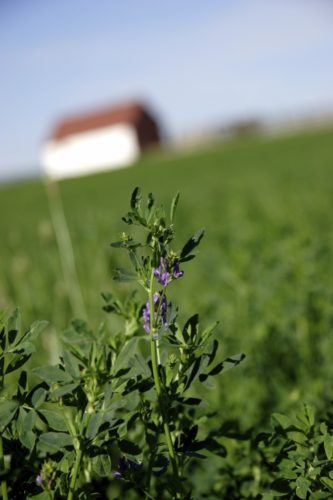
How much water does alfalfa need?
First things first — take accurate measurements to determine how much is needed to water alfalfa. The amount of water needed for alfalfa production depends on temperature, wind, humidity and the amount and intensity of light. Common water-use requirements for alfalfa range from 20 to 46 inches (50.8 to 116.8 cm) of water per season, depending on climate, elevation, growing season, number of cuttings and the fall dormancy rating of the alfalfa variety.
“Equally important is determining when to apply the water. Alfalfa irrigation scheduling is most frequently determined by diligent monitoring and estimating the amount of water that evaporates from the soil, or evapotranspiration.” Putnam said.
Frequency is another factor to consider in hayfield irrigation management. Applying water more frequently with a sprinkler or drip-irrigation method could help decrease water stress and may help increase crop yield and quality.
Common Alfalfa Irrigation Systems
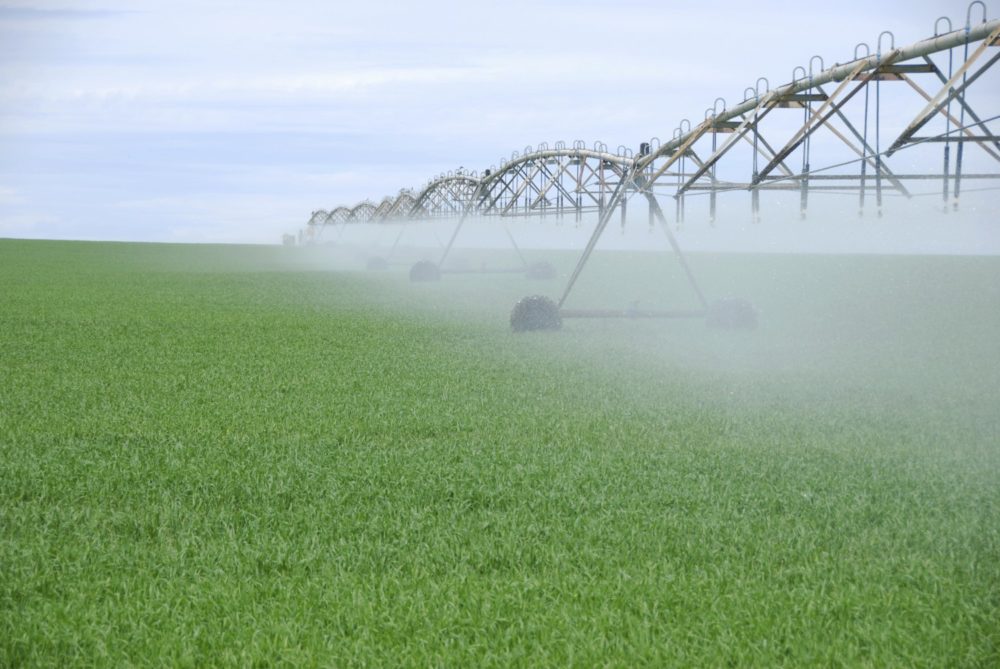 Alfalfa sprinkler irrigation
Alfalfa sprinkler irrigation
Sprinkler irrigation is very common, especially on fields that are not easily leveled. A well-designed sprinkler irrigation system should be efficient with little runoff. To keep these systems efficient, they need good management to match irrigation to a field’s needs and adequate maintenance to keep them running as intended.
 Alfalfa drip irrigation
Alfalfa drip irrigation
Drip irrigation, while less common, is being used more frequently as water costs increase and supplies become scarce. Drip irrigation is almost exclusively subsurface drip irrigation. Drip tape is placed below ground at various spacing and depths depending on the ability to irrigate the crops, installation issues and the requirement to do field cultivation or other cultural practices above the tape. A well-designed drip irrigation system can be highly efficient, but it is also an expensive system to install and maintain.
Alfalfa irrigation management during a drought
Drought conditions present additional challenges. In areas most prone to drought or moisture-deficient conditions, alfalfa producers can use several production strategies to preserve alfalfa for future growing seasons.
Cutting management is the primary control for increasing stand during periods of drought. Harvest frequency will not only determine alfalfa persistence, but also the quality of the crop. Cutting during drought management is similar to dormancy management. Therefore, alfalfa growers need to keep enough top growth to maintain the plants’ vitality and retain healthy stands.
If the crop is cut during drought conditions, producers should maintain six- to eight-inch top growth to allow continued root and plant functioning so the alfalfa can survive through the fall and winter months. If enough top growth is available to make cutting economical while maintaining height as the plant enters dormancy, cutting can be managed based on when harvesting is the least stressful to the plants.
If water is available in the summer, producers should irrigate 10 to 15 days after cutting. This hayfield irrigation allows for continued root development, even under stressful drought conditions.
To retain alfalfa crop persistence during drought years, producers must consider key cutting management and irrigation, especially after the first cutting (if available) to optimize drop maintenance and growth during drought periods.



